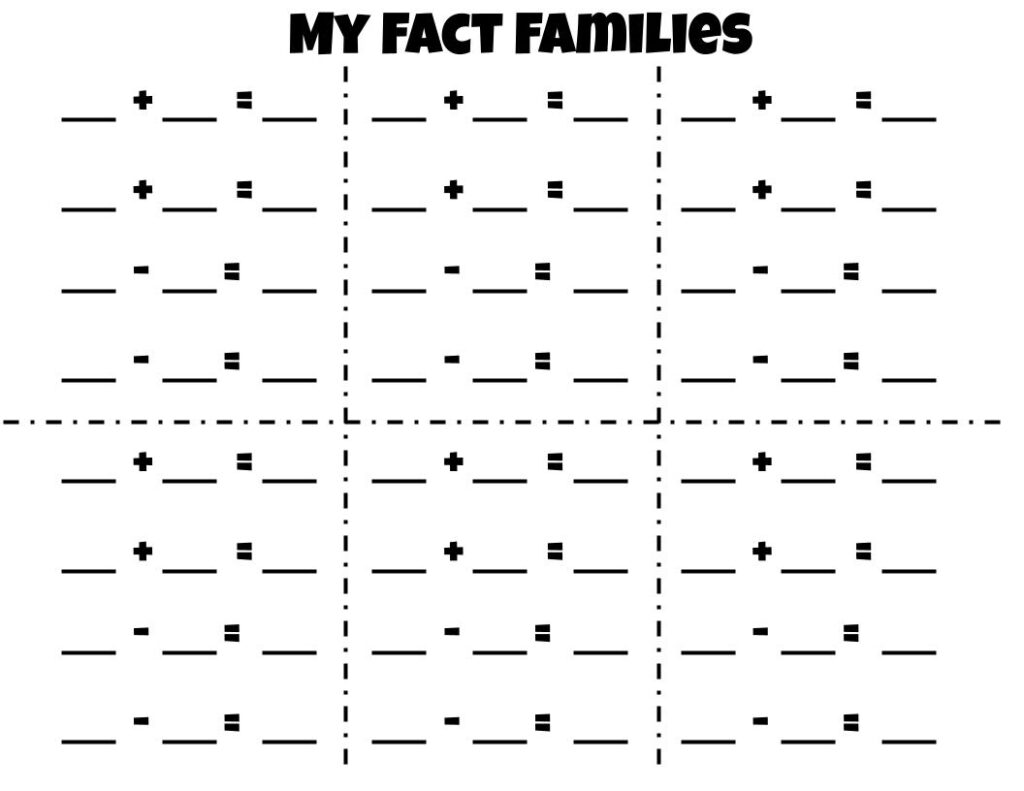Common Core State Standards: CCSS.MATH.CONTENT.1.OA.C.6
Add and subtract within 20, demonstrating fluency for addition and subtraction within 10. Use strategies such as counting on; making ten (e.g., 8 + 6 = 8 + 2 + 4 = 10 + 4 = 14); decomposing a number leading to a ten (e.g., 13 – 4 = 13 – 3 – 1 = 10 – 1 = 9); using the relationship between addition and subtraction (e.g., knowing that 8 + 4 = 12, one knows 12 – 8 = 4); and creating equivalent but easier or known sums (e.g., adding 6 + 7 by creating the known equivalent 6 + 6 + 1 = 12 + 1 = 13).
CCSS.MATH.CONTENT.1.OA.D.7
Understand the meaning of the equal sign, and determine if equations involving addition and subtraction are true or false. For example, which of the following equations are true and which are false? 6 = 6, 7 = 8 – 1, 5 + 2 = 2 + 5, 4 + 1 = 5 + 2.
CCSS.MATH.CONTENT.1.OA.D.8
Determine the unknown whole number in an addition or subtraction equation relating three whole numbers. For example, determine the unknown number that makes the equation true in each of the equations 8 + ? = 11, 5 = _ – 3, 6 + 6 = _.
Objective
- Students will view a 360° video and create fact families from the numbers shown in the video.
Recommended Teaching Strategy
Example 360° Learning Experience
Show students the recommended video and ask them to count the number of pumpkins being sold for each price. Have students create fact families using these numbers.
For the example of 4 pumpkins at $5: 4+5=9, 5+4=9, 9-5=4, 9-4=5.
Students should record 3 different fact families in their math journals. If desired, they can share their equations with a partner through think-pair-share or with the whole class as a group discussion. Partners can help correct each other’s work, ensuring that each equation is true.
Recommended Video
Sample Journal Page
